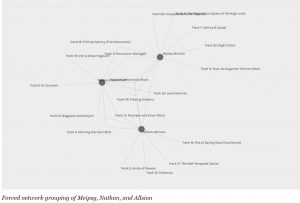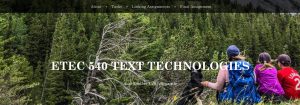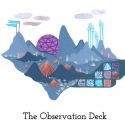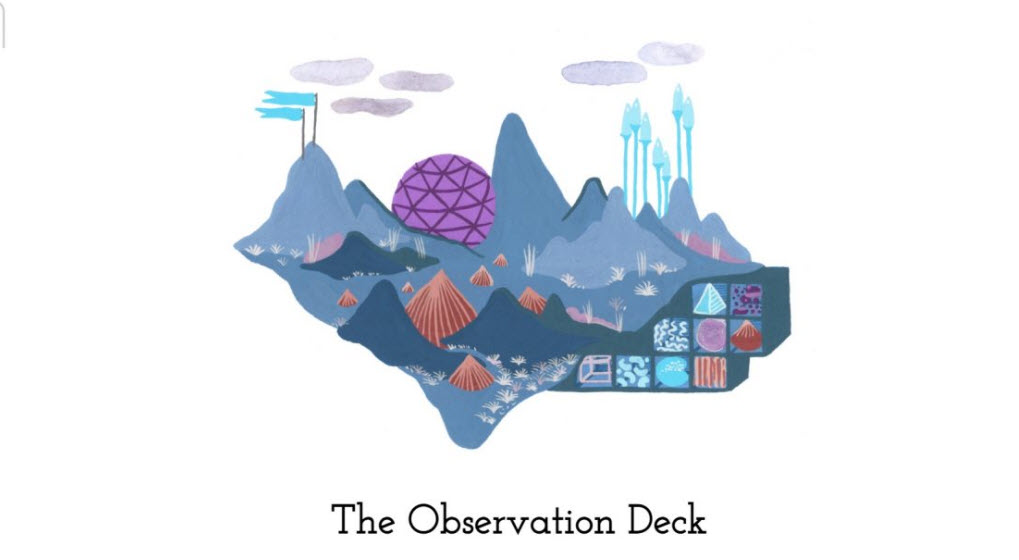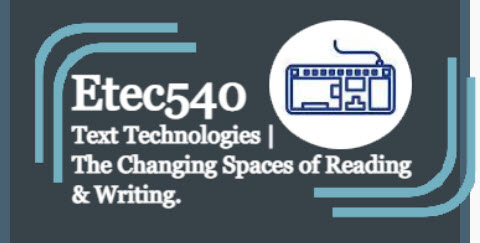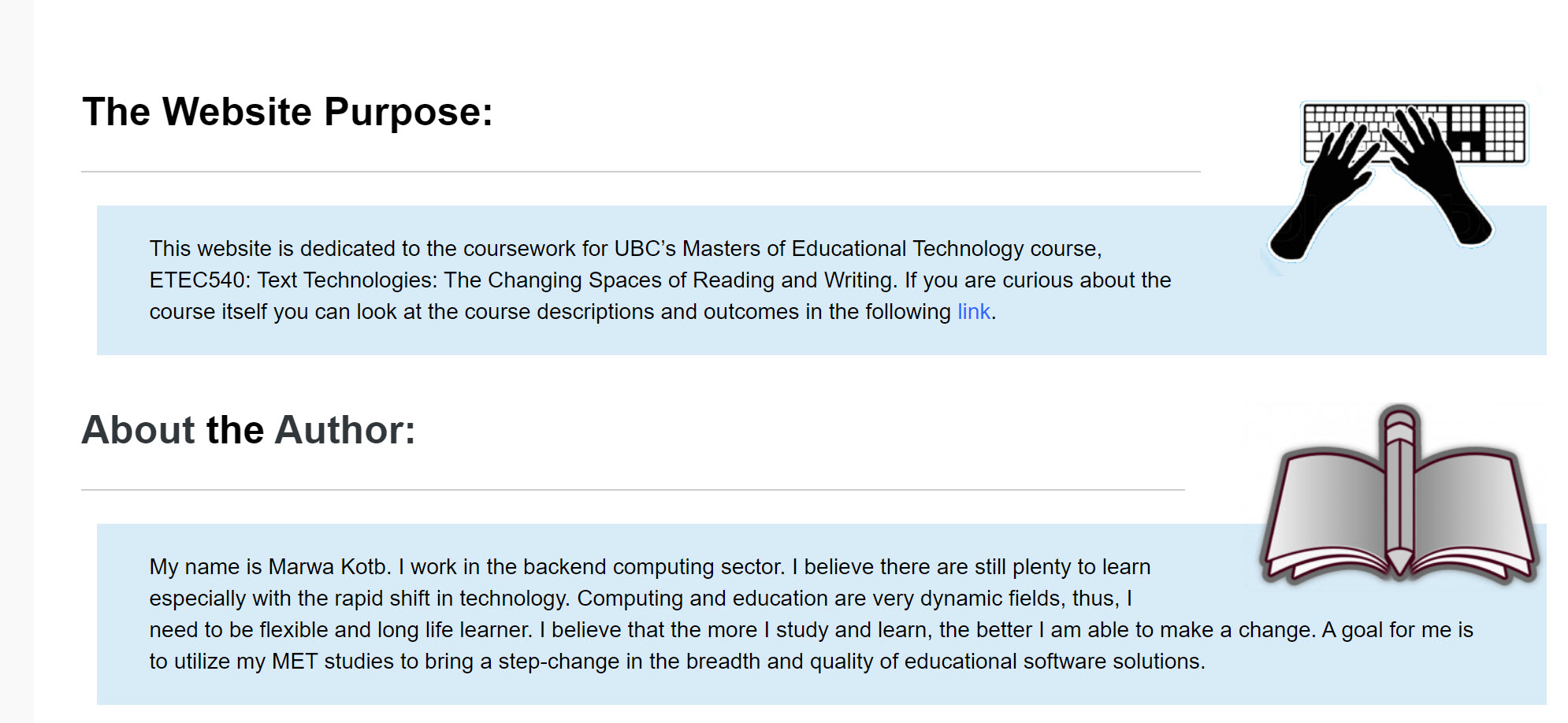Linking Assignment – Lori Jonesy
Click on the image below to access Lori’s blog.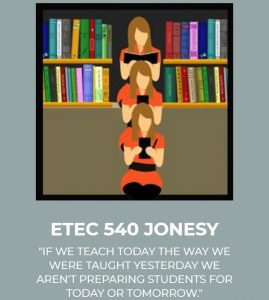
Authoring Tool
Lori is using UBC Blogs as an authoring tool. Her webspace is full of subtle design decisions that express her personality and unique approach to the learning process.
Starting with the cover image and the quote she selected to repsent her mission, the logo that she designed, and the About page with a video introduction – all of these elements convey Lori’s work ethics, her energy, and commitment to excellence in everything she does.
Literacies
Lori’s understanding of UDL (CAST, 2018) and multimodalities (New London Group, 1996) comes through in the way she developed her About page. Her introduction is represented in a variety of forms – video, textual, and audio.
In fact, throughout the website, Lori consistently leverages the affordances of hypertext to add multiple of pathways for her readers to explore (Bolter, 2001). Her writing is thorough and scholarly, yet engaging and fun. Almost all of her posts are supplemented with youtube videos on related topics. I am not sure if she has seen some of these clips before or if she takes extra time to research and find just the right pieces for each of her posts, but I really admire this added depth and a variery of topics that I, as her reader, can move on to. I also feel inspired to embed more videos to my blogs now. Lori’s students are lucky to have such a committed and fun teacher!
Mode-Bending Assignment
It is not surprising then that Lori chose to make a video as a means of her re-imaged What’s In Your Bag assignment. A variety of video-making and editing skills come though in the film. Her skillfully-written script and and the artfulness and liveliness of the presentation reveal the many layers of Lori’s personality.
References:
Bolter, J. D. (2001). Writing space: computers, hypertext, and the remediation of print. New York, NY: Routledge.
CAST (2018). Universal Design for Learning Guidelines version 2.2. Retrieved from http://udlguidelines.cast.org
The New London Group. (1996). A Pedagogy of Multiliteracies: Designing Social Futures. Harvard Educational Review, 66(1), 60–93. https://doi.org/10.17763/haer.66.1.17370n67v22j160u



